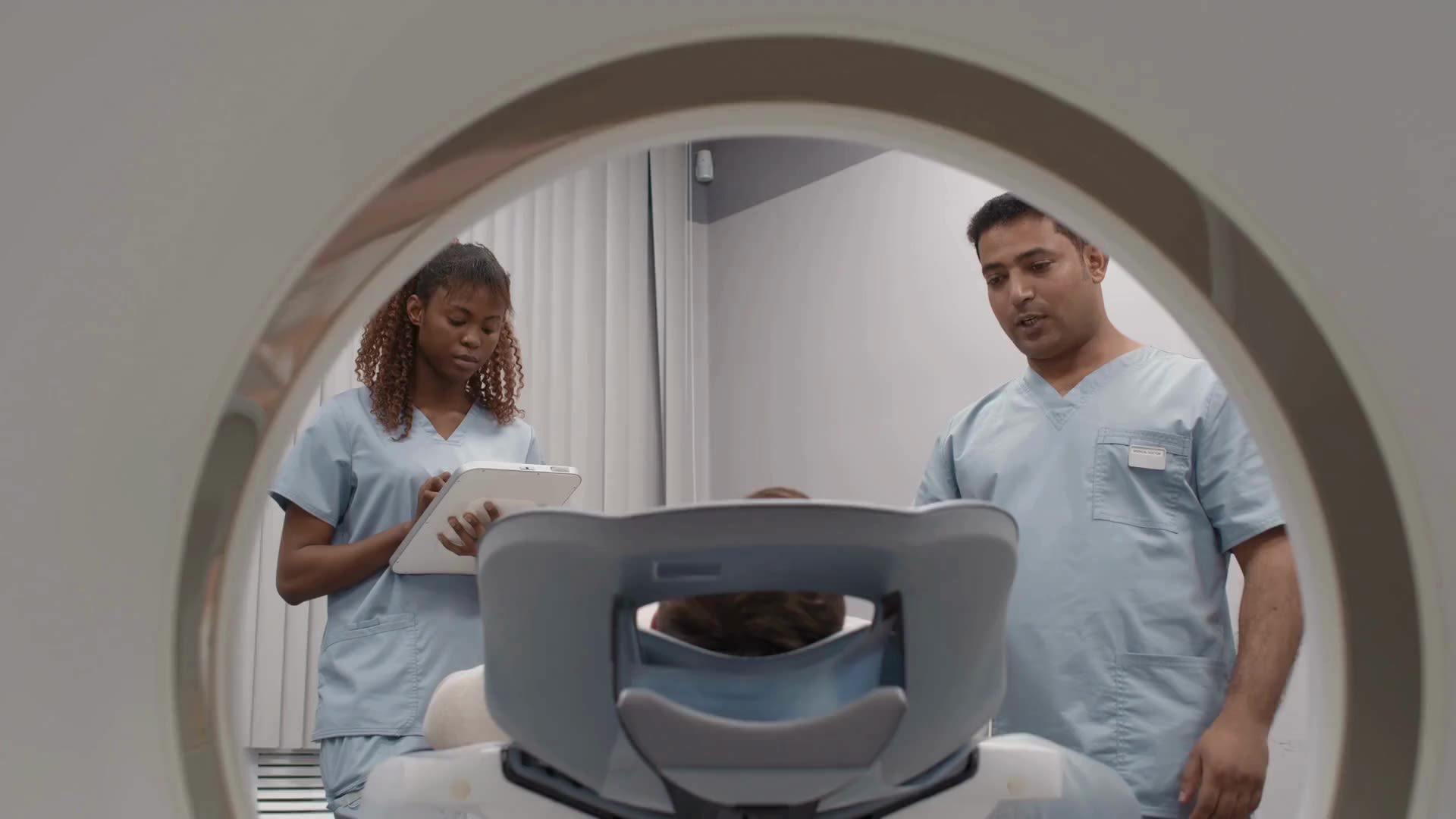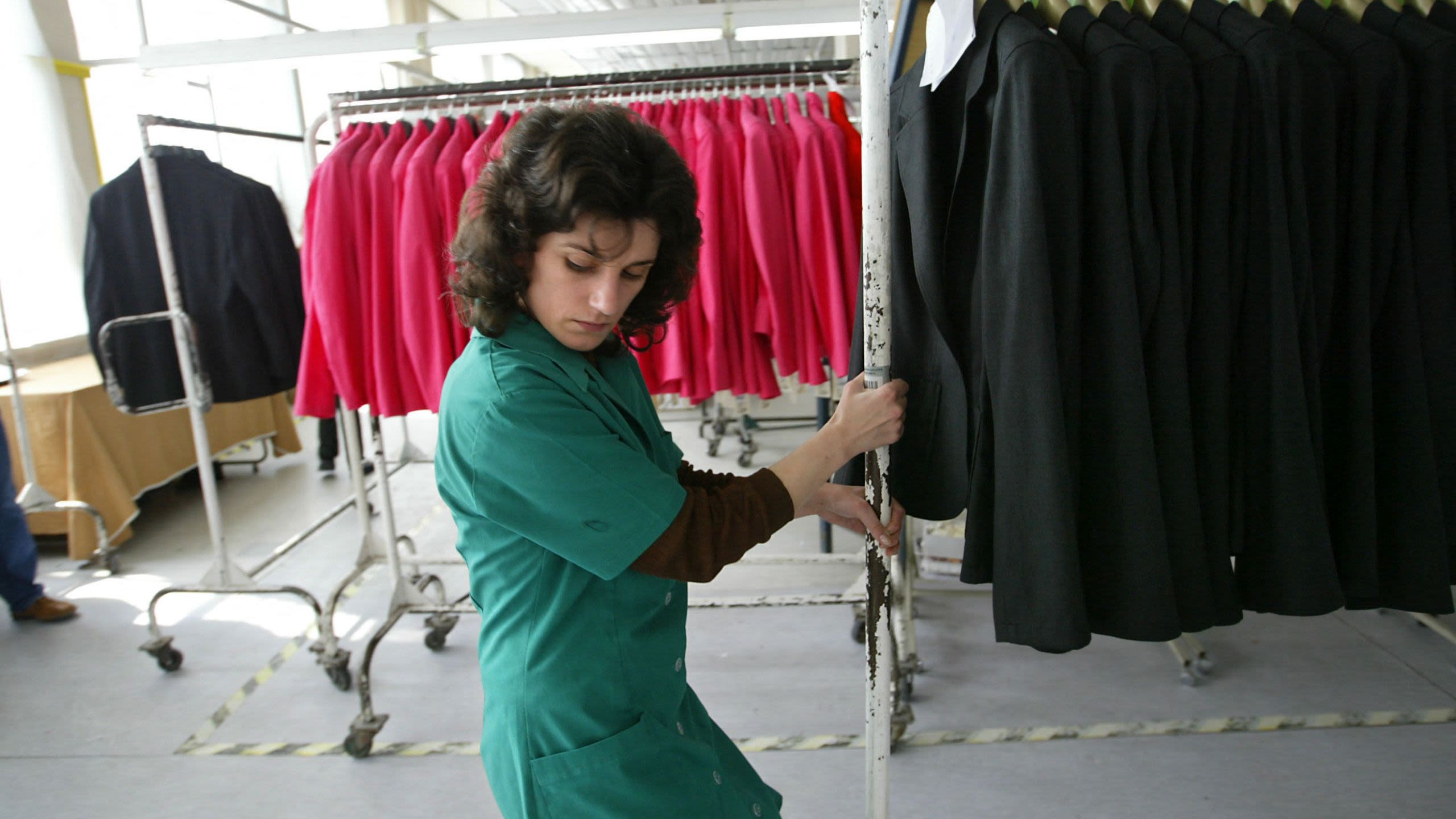NATO: 75 years of peaceful progress





Remember the last time you left home to go to work, run errands, or visit family or friends?
SCROLL TO BEGIN
Maybe you navigated using GPS, bought gas with a credit card, stopped at an ATM or called to say, “I’m running late. I’ll be there soon!”
Many things we take for granted in our daily lives are possible thanks in part to the enduring peace and stability that the North Atlantic Treaty Organization has brought to Europe and North America.
It wasn’t always this way.










Twenty-one years after World War I ended, World War II erupted, continuing a centuries-long pattern of war in Europe. Homes, farms and factories were destroyed, and 36 million Europeans — more than half of them civilians — were killed.
Some 100,000 American soldiers who crossed the ocean to liberate a continent never returned home.
When the war ended in 1945, food shortages and power outages were common across Europe. Children scavenged cities for something to eat.
But on April 4, 1949, much of Europe and North America chose a brighter path. Twelve countries founded the NATO Alliance to build a future of peace and stability.
U.S. President Harry Truman called the new Alliance “a shield against aggression” that “will permit us to get on with the real business of government and society, the business of achieving a fuller and happier life for all our citizens.”
Truman speaks on the promise of NATO after the signing of the Alliance's founding treaty on April 4, 1949. (Harry S. Truman Library)
As NATO marks its 75th anniversary on April 4, 2024, the Alliance celebrates a long period of stability that has allowed a once-tattered Europe to prosper.
Retired U.S. Admiral James Stavridis, a former supreme allied commander for Europe, cites NATO’s “unblemished record of deterring attack against its members” as among the Alliance’s greatest accomplishments.








Soon after NATO was founded, member nations began to rebuild their economies. From 1953 to 1963, the gross national product of NATO countries surged by 75%.
“It is increasingly clear that nations united in freedom are better able to build their economies than those that are repressed by tyranny,” President John F. Kennedy said in Naples, Italy, on July 2, 1963.
Kennedy addresses NATO headquarters in Naples, Italy, July 2, 1963. (John F. Kennedy Presidential Library/White House Audio Collection)
Buoyed by peacetime economic growth, NATO nations explored cooperation beyond security. In 1956, the foreign ministers of Canada, Italy and Norway encouraged NATO countries to work together to advance science and technology.
Since then, dozens of NATO-funded or affiliated researchers have won Nobel Prizes. Their innovations advanced computers, brought materials used in electronics, and led to technology that helps diagnose and treat cancer.
To cite two examples, Nicolaas Bloembergen, a Dutch-American physicist who had nearly starved during World War II, advanced laser technology that would be used in medical innovations. He participated in the first NATO Science Forum and won a 1981 Nobel Prize.
The United Kingdom's Peter Mansfield, a NATO research grant recipient, made important contributions to the development of magnetic resonance imaging (MRI) used in diagnostic medicine. Mansfield won a 2003 Nobel Prize.
NATO countries adapted defense technologies for peaceful, civilian uses — spurring early iterations of the internet and using satellite data to create GPS navigation systems.
Today, the United States is working on a GPS update that will bring the world stronger, more reliable navigation, helping workers from pizza delivery drivers to airline pilots to international shippers.









NATO’s stability benefits prospective members too. In the early 2000s, numerous countries — including Lithuania, Romania, and Slovakia — saw skyrocketing foreign investment after being invited to join the Alliance.
North Macedonia created 60,000 jobs after it joined NATO in 2020, according to the Institute for Geopolitics, Economy and Security. “Such economic growth, in a short time, the country has never experienced before,” the institute says.
NATO works with partners to counter cyberattacks from authoritarian regimes and other malicious actors who target personal information and critical infrastructure like water pipes or hospitals.
During the COVID-19 pandemic, NATO sent medical supplies to Allied countries — including Hungary, Romania, Bulgaria and the Netherlands — and humanitarian relief to non-NATO countries Bosnia and Herzegovina, Iraq, Moldova, Tunisia and Ukraine.
In 2023, when devastating earthquakes hit Türkiye, NATO member countries sent more than 1,400 emergency responders within 24 hours. Working with Turkish authorities, teams provided lifesaving equipment, housing and generators to protect 4,000 people.
NATO's success “is measured not in battles won, but rather in lives saved, freedoms preserved and wars prevented,” said the late U.S. Secretary of State Madeleine Albright.
Secretary of State Madeleine Albright speaks on the enduring importance of NATO at the Harry S. Truman Library in Independence, Missouri, on March 12, 1999. (Courtesy of C-SPAN)
Now 32 nations strong, NATO protects more than 1 billion people. As they travel for work or school, trade across borders or relax at home, their lives reflect a pledge made 75 years ago.
“For us, war is not inevitable. We do not believe that there are blind tides of history which sweep men one way or another,” Truman said after the signing of NATO’s founding treaty on April 4, 1949. People “with courage and vision can still determine their own destiny.”
“If there is anything certain today, if there is anything inevitable in the future,” he added, “it is the will of the people of the world for freedom and for peace.”
Truman speaks on the promise of NATO after the signing of the Alliance's founding treaty on April 4, 1949. (Courtesy of the Harry S. Truman Library)
Writer: Dave Reynolds
Photo editor: Suzy Mast
Copy editor: Peggy Hu
Digital storyteller: Pierce McManus
April 2024
More stories from the U.S. Department of State



